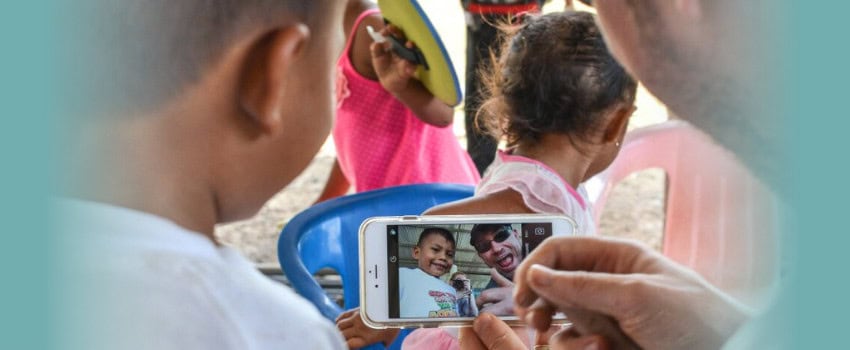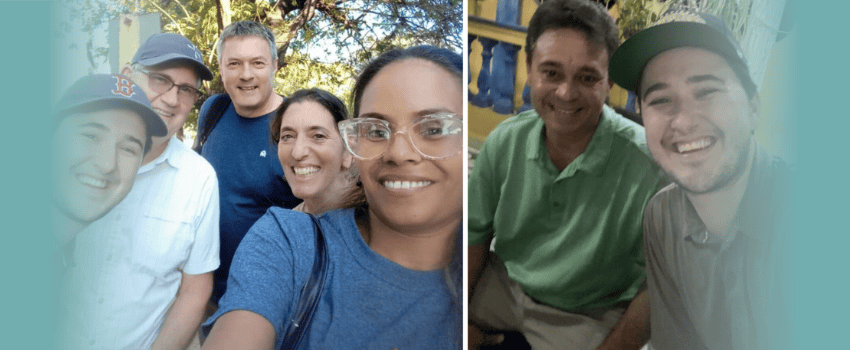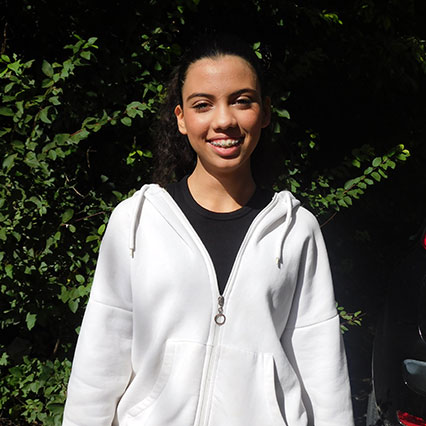
Sell a Home, Save a child: Members on mission in Oaxaca
Sell a Home, Save a Child (SAHSAC) Member Troy Daniels, accompanied by his business partner Veronica, joined us on a mission trip to our Mexico children’s program, Trigo y Miel and the Siloé school, to witness the direct impact of his contributions. In our interview, he shared his experience, his














